
New significant evidence for the historical and cultural development of Ithaca has emerged from the new research program of the University of Ioannina at the major archaeological site of Agios Athanasios–Odysseion of Ithaca, in the northern part of the island.
The program has been ongoing since 2018 and includes the management, further documentation, and promotion of the findings from the systematic excavation (1994–2011), conducted under the late Associate Professor Litsa Kontorli-Papadopoulou and Emeritus Professor Athanasios Papadopoulos. The new program is led by Emeritus Professor Giannos G. Lolos, with significant research contributions from Christina Marabea, PhD in Archaeology from the University of Ioannina.
The site, known as the School of Homer since the early 19th century, centers around a large rocky formation on the eastern foothills of Exogi, in an area with water springs. The excavated antiquities are located on two terraces, which are connected by two carved staircases, as well as at several lower points. On the Upper Terrace stands the remains of a Hellenistic tower (3rd century BC), while most of the Lower Terrace is occupied by a large rectangular building.

The oldest evidence of human activity at the site now dates to the Final Neolithic phase (late 5th/4th millennium BC). This includes, among other things, several dozen flint tools as well as a few hundred pottery shards. Regarding evidence from the Bronze Age, so far a few dozen fragments from about 30 different vessels dating to the late 14th and 13th centuries BC have been identified.
Of major interest is the intact underground spring/reservoir at the site, with massive block-built walls, one of the few known of its kind. Based on its shape, construction features, and the discovery of Late Mycenaean kylix fragments inside, its dating to the Mycenaean palace period appears highly likely, as had been suggested by previous researchers.
The Mycenaean settlement at the Odysseion of Ithaca likely functioned to oversee the ports and lands and to protect and manage the area’s abundant water resources. It can be considered part of a network of 7–8 Mycenaean sites in the fertile and well-sheltered northwest Ithaca. This network appears to roughly define the major area of the island’s urban center (traditionally associated with Odysseus) during the Mycenaean palace period (14th–13th centuries BC).
Regarding historical times, the largest volume of ceramic material dates to the Hellenistic and early Roman period (up to the 1st/2nd century AD). Among the shards of large vessels, eight fragments of sprinklers commonly used in sanctuaries have been identified so far.
Beyond numerous small objects, the finds include a total of 34 clay votive fragments, several dozen clay spindle whorls, a small treasure of gold jewelry, and other mainly bronze jewelry and artifacts. Over 100 coins from various cities (3rd century BC to 2nd century AD) reveal a flow of visitors to the site.
From the ongoing sorting and cleaning work of thousands of Hellenistic/early Roman roof tile fragments, 14 samples of stamped tiles with Greek and Latin inscriptions have been identified: one bears a stamp with part of an inscription and the separate letter Δ (possibly δημόσια, meaning public); another is stamped with the letter complex ΔΗ, mirrored to the left, as an abbreviation of δημόσιος/δημοσία (public); while two preserve part of the name of Apollo Agyieus, indicating local worship.
Recent analysis revealed a sample bearing a highly significant stamp with the name [ΟΔ]ΥCCEOC (in the genitive case) to the left. On another fragment, an incised dedicatory inscription is visible, likely in the dative case, possibly from a pilgrim: ΟΔΥC[CEI.
In interpreting the complex, the findings from W. Vollgraff’s 1904 excavation at the Upper Terrace were also considered. Some of these are from the late Roman period, including a miniature bronze bust with the features of Odysseus, according to his depiction in Greco-Roman art and on Ithacan bronze coins from the 4th–3rd centuries BC.
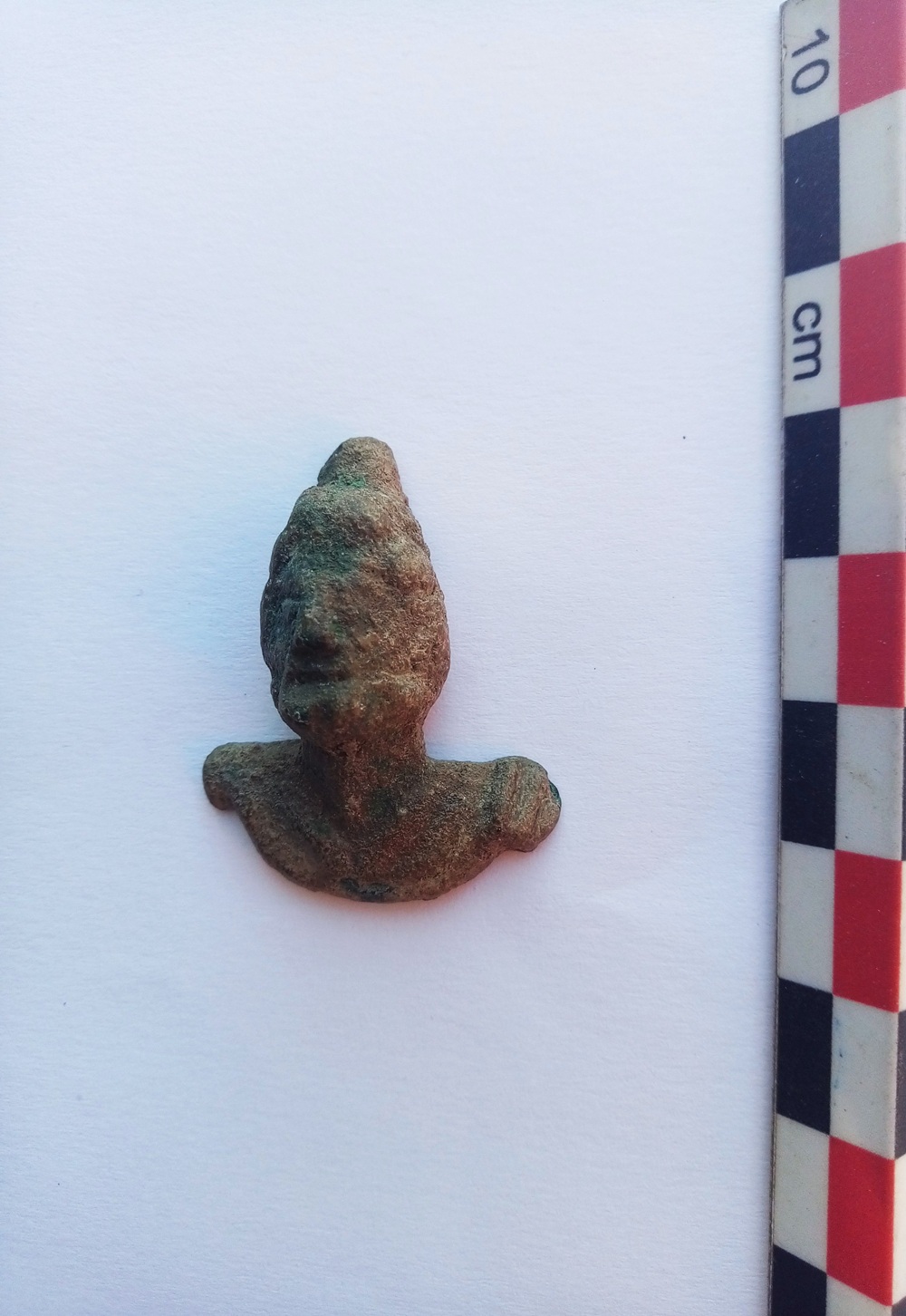
The peak operation of the building complex is dated to the Hellenistic through the early/middle Roman periods (up to the 1st/2nd century AD). The complex is characterized by robust structures on terraces, incorporating impressive elements of rock-cut architecture as well as niches for votive offerings or inscriptions, which testify to the intensive cultic use of the Lower Terrace.
The Hellenistic monumental complex can now be confidently identified as the Odysseion of Ithaca (with the presence of a sanctuary/hero shrine of Odysseus), which is mentioned, along with related games (the Odysseia), in a decree of the Ithacan people from around 207 BC issued by Magnesia in Asia Minor [IG IX 12 4, 1729]. The nature of the Odysseion and its precise location in relation to the games have been subjects of fruitful scholarly discussion since the 1930s.
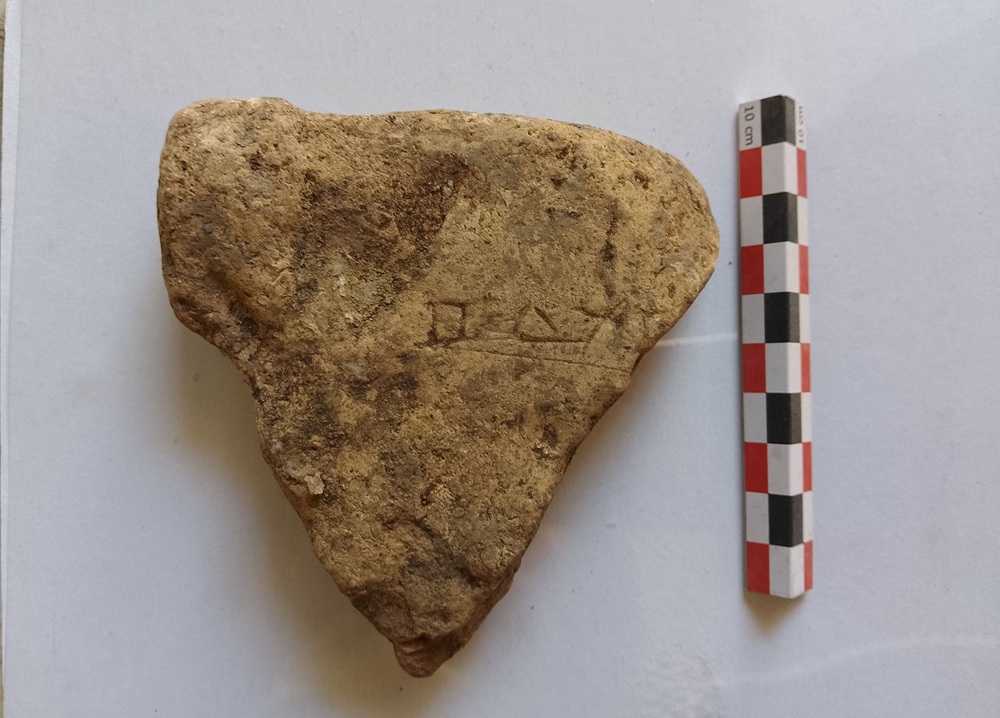
About a century after the discovery of the incised dedicatory inscription ΕΥΧΗΝ ΟΔΥCCΕΙ on a Late Hellenistic clay mask fragment from the Cave of Ormos of Polis, two new epigraphic testimonies of the same period (ΟΔΥCCΕOC and ΟΔΥCCEI) for the later worship of the hero in northwest Ithaca now, combined with other available data, substantiate the development of a prominent public complex at the site. This complex played a major role in the religious, social, and possibly political life of the Ithacans during the Hellenistic to early Roman periods, and also had a broader pilgrimage character.
The University Research Program of Northwest Ithaca initially developed during 2018–2022 through a Cultural Development Program Agreement involving the Municipality of Ithaca, the Ephorate of Antiquities of Kefalonia and Ithaca (headed by Dr. Gr. Grigorakakis), the University of Ioannina, and the Ionian Islands Region, thanks to the active interest of the Mayor of Ithaca, Mr. D. Stanitsas. It continues intensively through the Research Committee of the University of Ioannina, supported by a generous monetary donation from Dr. D. G. Apostolopoulos and Dr. A. Paizi-Apostolopoulou, Emeritus Research Directors of the Institute of Historical Research (E.I.E.).The program has so far involved archaeologists G. G. Lolos (Emeritus Professor, Scientific Director), Dr. Ch. Marabea, Dr. St. Oikonomidis, Dr. K.-A. Tsonos, and D. Syrmalis (M.A.). Also participating are Dr. E. Kardara (Conservator), Ch. Vaporakis (Conservation Consultant), Th. Deligianni (Chemist), D. Skyrgiannis (Architect), K. Gkanas (Civil Engineer), and A. Notia (Philologist). For specialized studies, collaboration includes K. Liampi, Emeritus Professor of Ancient History, and A. Vlachopoulou, former Associate Professor of Classical Archaeology, with significant advisory support from Ch. Kritzas, Emeritus Director of the Epigraphic Museum


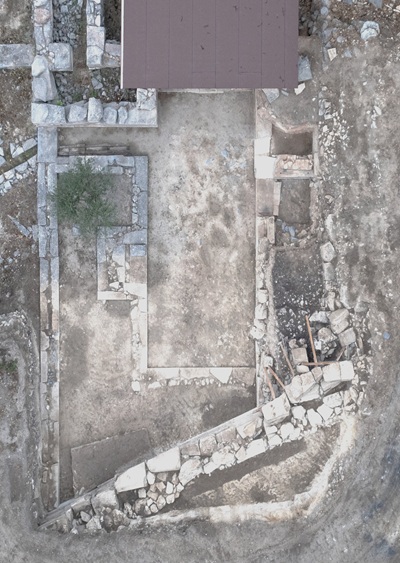
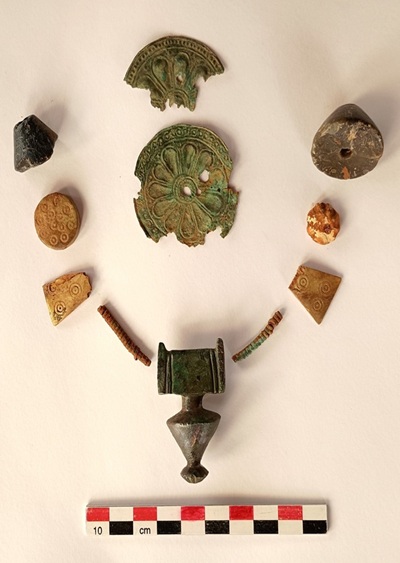
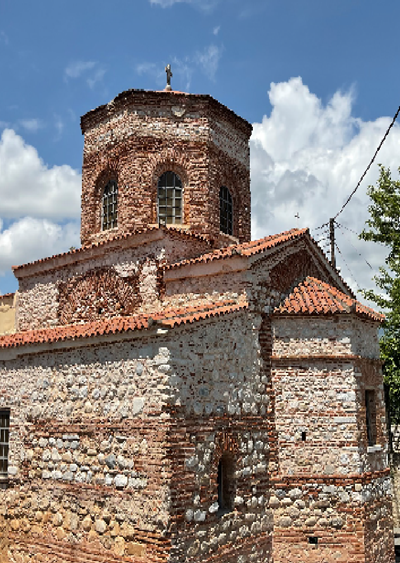


Leave A Comment